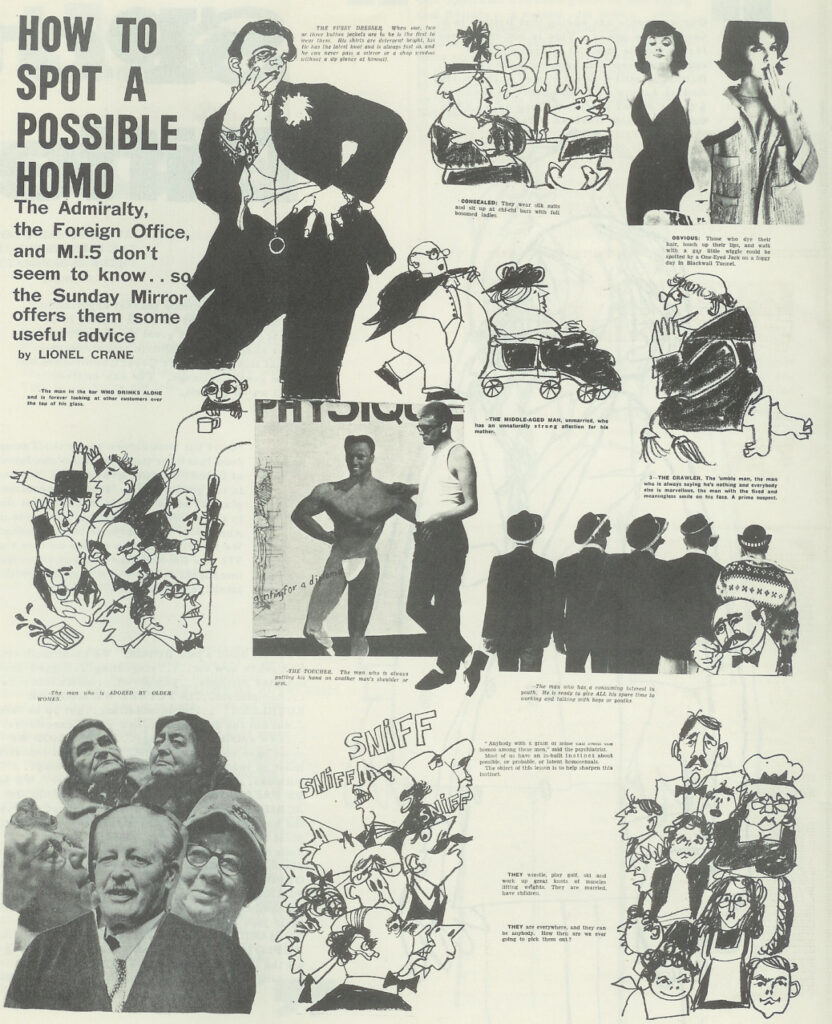Kerning 2017, June 9 — Dan Rhatigan – Marginalized Typography from GrUSP on Vimeo.
Category: ultragay
I see you!
Tuoko and Durk
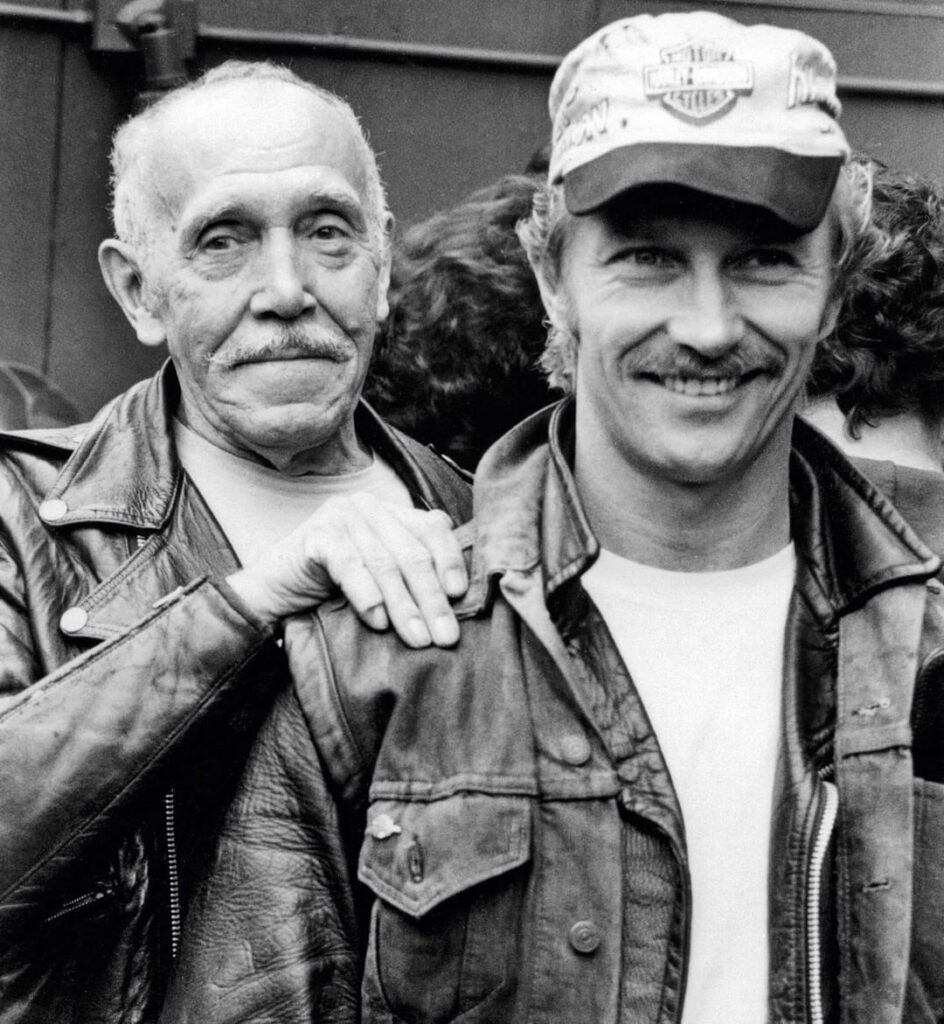
“I work very hard to make sure that the men I draw having sex are proud men having happy sex!” – Touko Laaksonen, better known as Tom of Finland.
Picture: Tuoko Laaksonen (May 8, 1920 – November 7, 1991) and his protégé Durk Dehner, The Eagle, San Francisco, California, 1985. Photo by Robert Cruzan.
In 1956, Finnish artist Touko Laaksonen, who was born ninety-seven years ago today, submitted drawings to “Physique Pictorial,” an influential American muscle magazine, under the pseudonym Tom; the magazine’s editor credited the drawings to Tom of Finland, and an iconic career began.
Over the next three and a half decades, Tom of Finland’s illustrations—which typically presented hypermasculine men in overtly homoerotic settings—stood in direct contrast to mainstream imagery of gay men as the archetypal “sissy.
Tom of Finland’s work, or at least the culture it inspired, continues to impact the gay community today. Dr. Susan Stryker, for example, argues that the rise of the Tom of Finland-inspired “clone look” in the mid-1970s “signaled the return of a more gender-normative expression of male homosexuality. At the cultural level, it is possible to trace the current ‘homonormativity’ of mainstream gay culture (an emphasis on being ‘straight-looking and straight-acting’), as well as the perceived lack of meaningful connection to transgender communities among mainstream gays and lesbians, to the shifts” in the mid-1970s. Stryker does not suggest, nor do we, that Tom of Finland himself had any intention other than to create his unique brand of homoerotic art, but his work nonetheless must be viewed in a larger context.
Touko Laaksonen died of an emphysema-induced stroke on November 7, 1991; he was seventy-one. (at San Francisco, California)
IML 1980
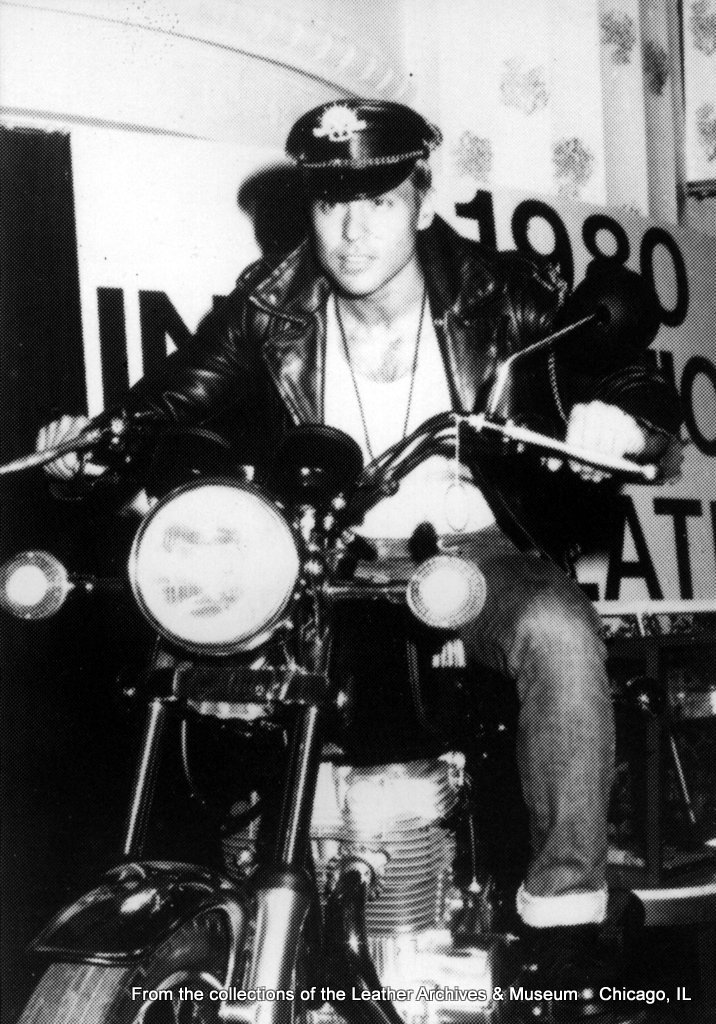
Our countdown to International Mr. Leather continues with 1980
Having started late in the first year, there was a determination not to get off to a late start in 1980. “What if we…” conversations were all around, but the hardest thing was the realization that the first IML had been a smashing success. What do you do, Chuck and Dom asked each other, to top that? What do we do to improve on it? On top of such “gotta succeed” feelings, they had to deal with the fact that Patrick Batt, the Gold Coast manager in 1979 who had been the go-to man and the get-it-done guy, was no longer on the team. He had gotten into a disagreement with Chuck over an incident at the bar. The result for him was that he was free to attend IML without having to do anything. For IML, it meant rethinking, reinventing and finding new ways. International Mr. Leather, Inc.
Marcus Leatherdale shares never-before-seen portraits of Robert Mapplethorpe
[Repposted from an old ID article from 28 March, 2017]
As he debuts photographs of the provocative artist made during a late night in 1979, Leatherdale shares his memories of Mapplethorpe and downtown New York.
In the late 1970s and early 1980s, many considered New York to be a city in decline (the Council for Public Safety produced a controversial pamphlet aimed at keeping tourists out of town entirely). Yet the era produced a generation of renegade New York artists. As hip-hop emerged in the Bronx, the burgeoning punk movement cross-pollinated with the avant-garde nightlife scene downtown. In this post-Stonewall, pre-AIDS period, members of NYC’s queer community were breaking new ground not simply in the art they made, but also with the lives they lived. The work and ideas produced in this era still profoundly shape New York today.
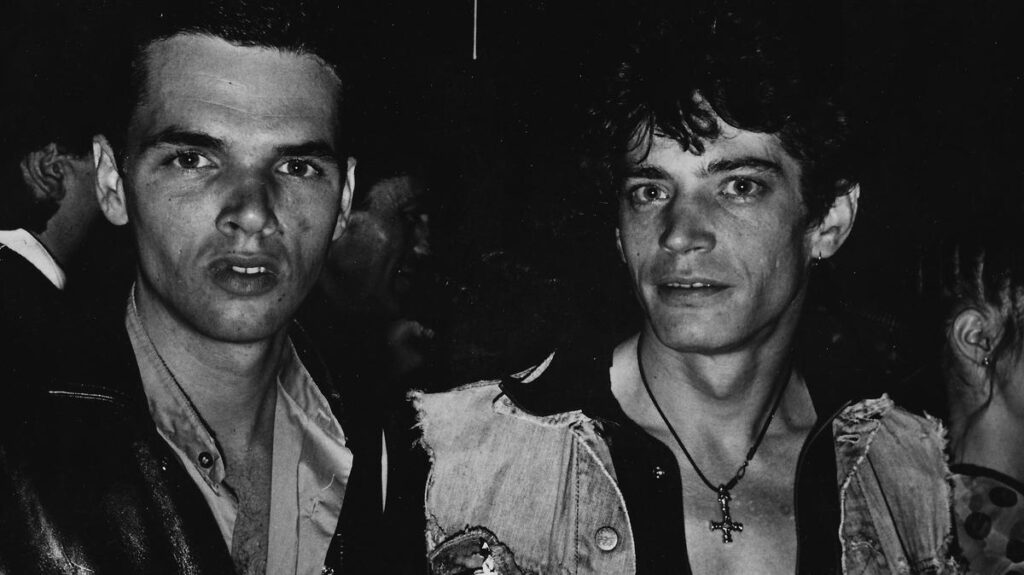
Wally Wallace and the Mineshaft
History of Wally Wallace and the Mineshaft
Walter (Wally) Wallace was the founder and manager of a number of leather clubs in New York City from the 1975 until 1996. Clubs that he founded include Excelsior MC (1975-present), the Mineshaft (December 1976-November 1985), the Attic (1986-1996), LURE (January 1994-April 2003), and 257 West 29th St. Storefront location (1997-?). The Mineshaft, was publicly shut down after “nine years and nine days” by the New York City Department of Health on November 6, 1985 among widespread fear that gay bathhouses were contributing to the spread of AIDS. It was the first closure of its kind in New York City and set the legal precedent that led to the closure of the Attic eleven years later. The Attic was closed at its 410 W 14th Street location on July 2, 1996 by the New York City Department of Health for permitting Acts of Fellatio on the premises. The closure of the Attic led to the opening of the Storefront location shortly thereafter.
Continue reading “Wally Wallace and the Mineshaft”Enter the Clone
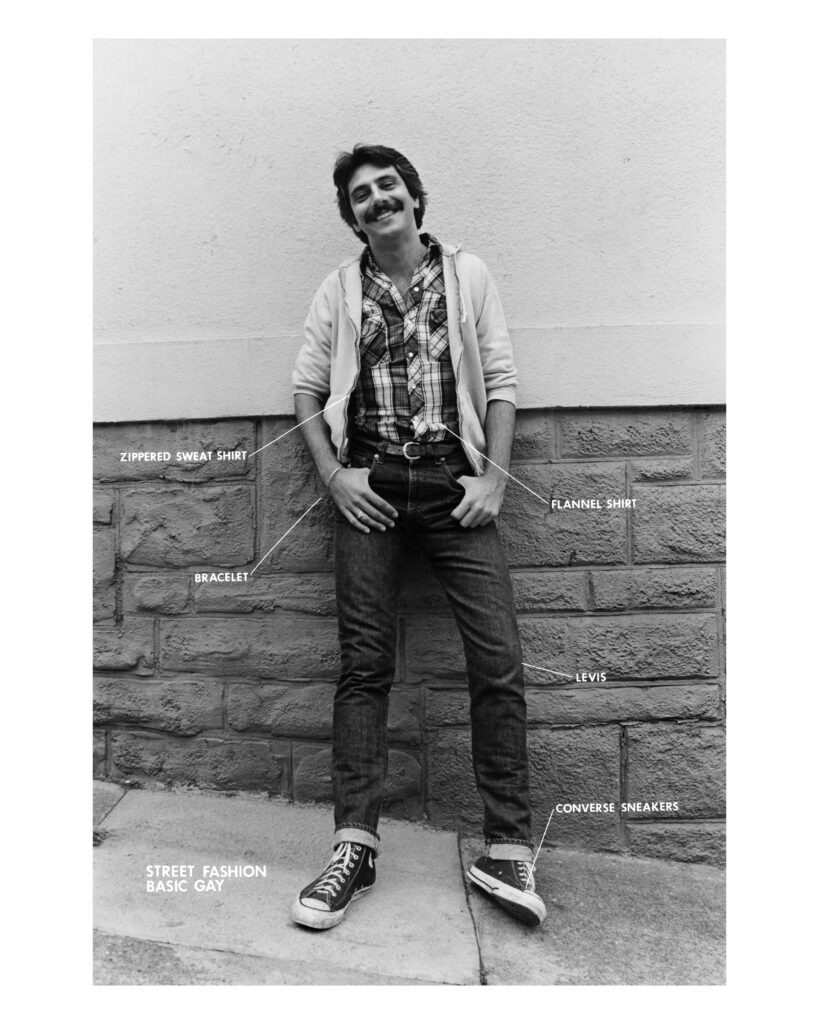
Nothing That Meets the Eye: Notes on (Gay) Clones – “Enter the clone. The clone was, in Martin P. Levine’s appropriately science fiction-inflected phrasing, “the first post-Stonewall form of homosexual life.” With their masculine self-presentation (Levis, facial hair, gym-toned bodies, flannel shirts, leather accessories or gear) that projected sexual self-assuredness and availability, ‘clones came to symbolize the liberated gay man.’ At the same time, the clone look — with its perceived repudiation of anything swishy, faggy, or feminine — was criticized as an expression of gayness that was at best severely limiting, and at worst, self-hating and fascist. In fact, gay activist and scholar Arthur Evans meant the term to be derisive when he coined it in the ‘Red Queen’ broadsides he wheatpasted around the Castro in the late seventies. The word still comes off as pejorative, though its sting has dulled with time.”
Luger
Jim French, (aka, Luger), began his career in commercial art in the 1950s after having gone through four years of art school and two years in the military. At the suggestion of an old Army buddy who had seen some of his early, mostly unpublished homoerotic art done under the name Arion, he and Jim formed a partnership to start a company Jim named “Luger” (with an uncharacteristic umlaut over the U). This name was chosen because of the strong suggestions of masculinity associated with this German pistol.
Leather Narcissus (1967, USA, Avery Willard, dir. 28mins)
[Originally posted to thecuntoftheminotaur.tumblr.com]

This film has been very difficult to find. Previously, Inventaire mentioned it was remastered by a company called to DCP, and he also posted an excerpt of the director’s previous leather manifesto. What I have uncovered this film seems to retell the classical myth of Narcissus by recasting the boy who fell in love with his own image as an archetypal Leatherman, played here by a man named only as Fernando.
Narcissus is an important myth for homosexuality because it recounts a conceit in homosexual desire to direct one’s attention not at the opposite gender – and by extension, reproducing — but towards one’s own self. This lust most often takes either an auto-erotic form or seeks it’s own specular reflection. Without the need to bestow and diversify one’s genes, it seems the narcissus is content in admiring his own.

From what bits I have found there appears to be a scene where this narcissus walks around Manhattan in full butch drag. He stares into himself through a metallic butterfly ball oblivious to the dangers of the city around him. Caught by beauty, it’s an abyssal image; a man made so simple as to be entrapped by his own skewed — but ultimately recognizable — image.

I found two scenes for the film which were included in a compilation tape called White Hanky (don’t look it up, it means masturbation). This is a common practice in porn, especially when studios fold and sell their assets to other companies who then re-release or compile the new footage. It’s also common for erotic films from this era to depict solitary or masturbatory acts. Hardcore penetration, especially anal, doesn’t really appear until the ‘70s. This suggests that these are the only two pornographic scenes in the film.
In the ABOVE SCENE Fernando takes his motorcycle as his object of sexual gratification. It’s the earliest Bike ‘Bate scene I’ve encountered. Most of those happen in the early-mid-70s before they largely disappear in favour of penetration scenes. I suggest you don’t watch it to be aroused.

Above is a still from THIS VIDEO which is probably the climax of the film. Some really interesting cross-dissolves and in camera tricks circumvent the era’s propriety values and imply oral sex and same-sex kissing. Then he masturbates via a mirror onto his own image while complementing himself, basically.

The above image may or may not be part of the film. No other corroborating evidence has been found. It could be a scene depicting a sex act, it could be a narrative scene like the aforementioned Butterfly Ball sequence or it could be a result of a misnamed Google search.
It’s unclear how faithfully Avery Willard follows the myth. He seems to be more concerned with Narcissus in the act of loving himself and not the heart-spurning or suiciding sides of that story. There doesn’t seem to be an Echo and a Nemesis character who are causally important to the story, but in this context I would question if that really matters.
Just over 15 minutes of the film still remains to be seen, including THIS wonderfully shot double-exposure sequence I first found on a trailer tape.
‘Robert Mapplethorpe: The Perfect Moment,’ Twenty-Five Years Later
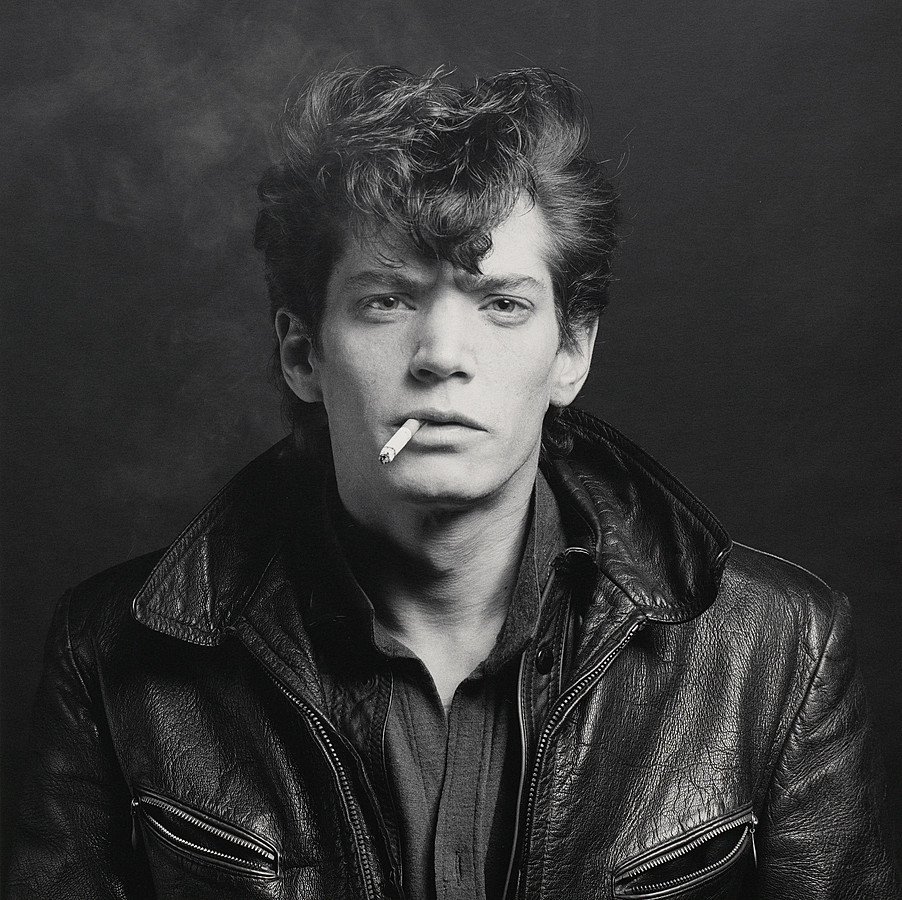
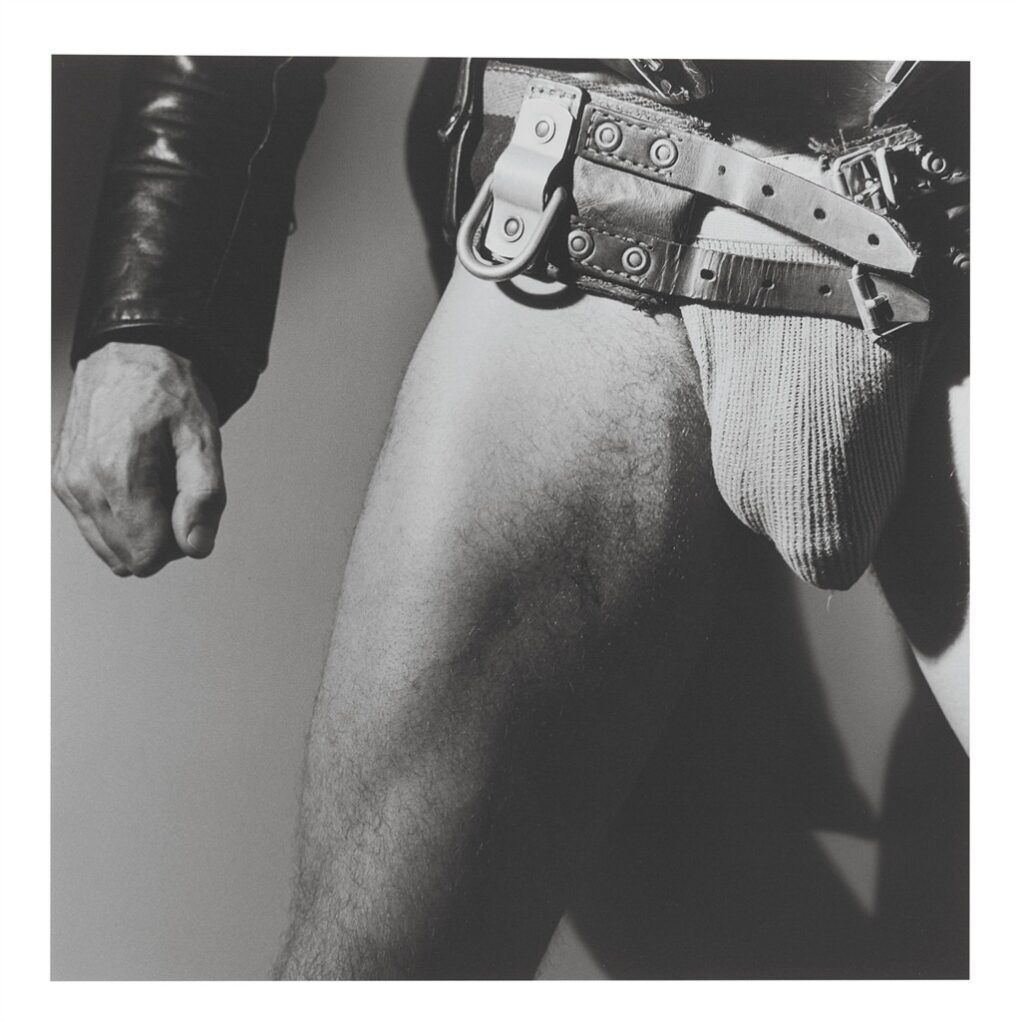
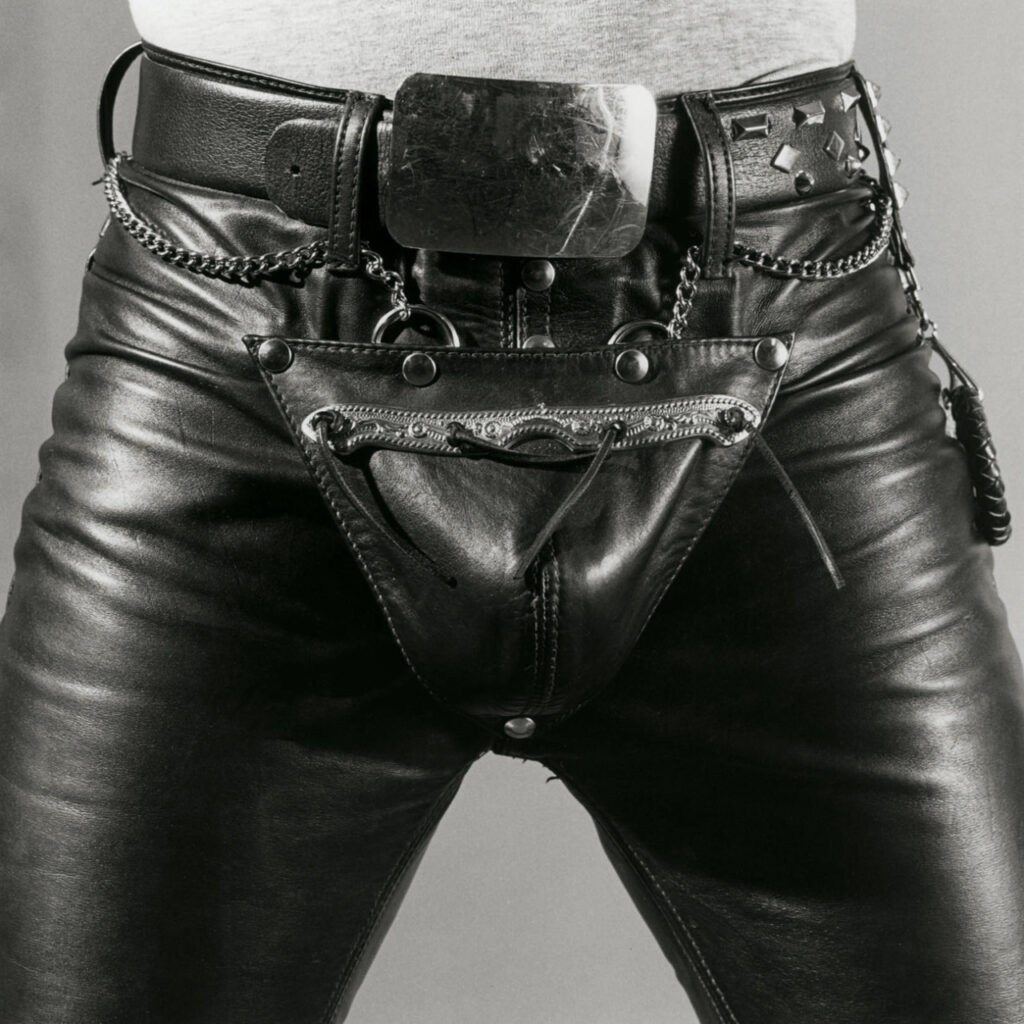
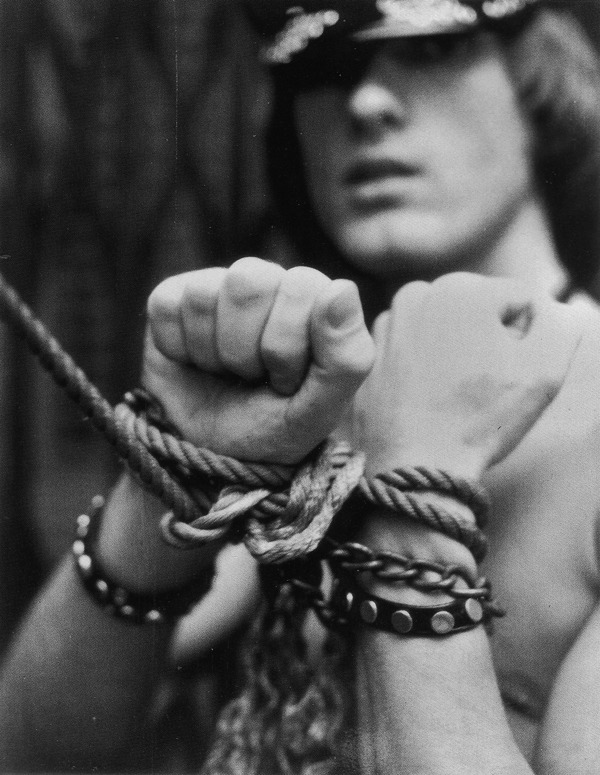
Today commemorates the twenty-fifth anniversary of the obscenity trial sparked by the artist’s controversial exhibition “The Perfect Moment” at the Contemporary Arts Center Cincinnati.
To mark the moment, the New Museum in NYC will host a panel discussion on Thursday, November 19, 2015. The Guardian has a piece about Mapplethorpe and the trial, “Whipping up a storm: how Robert Mapplethorpe shocked America”.
Above are some favorites, ‘Self-Portrait’, ‘Patrice, N.Y.C.’, ‘Leather Crotch’ and ‘Untitled (Peter Berlin)’.

